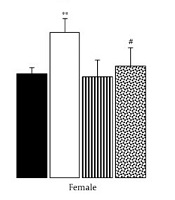Fulltext
The full text is available in the PDF.
Koomesh

Image Credit:Koomesh
The full text is available in the PDF.
© 2024, Author(s). This open-access article is available under the Creative Commons Attribution 4.0 (CC BY 4.0) International License (https://creativecommons.org/licenses/by/4.0/), which allows for unrestricted use, distribution, and reproduction in any medium, provided that the original work is properly cited.
Leave a comment here
Purchasing Reprints
Author(s):